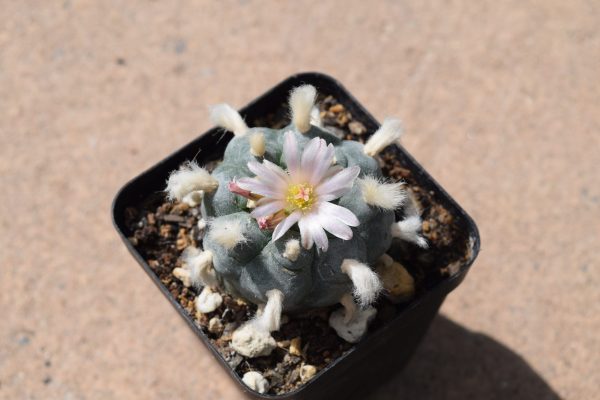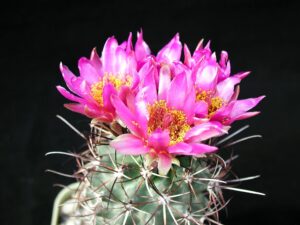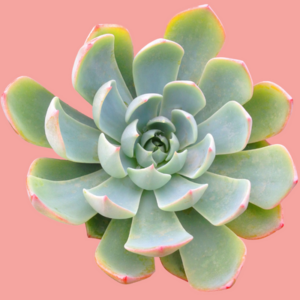The arid deserts of North America, where the sun blazes high and the earth seems to breathe in whispers of ancient rites, cradle the peyote cactus. This spiraled wonder, known scientifically as Lophophora williamsii, has enchanted human beings for centuries, fostering a rich tapestry of cultural and spiritual significance. Yet, the allure of peyote is marred by a complex legal landscape that varies dramatically across regions. To navigate this labyrinth of legislation is to embark on a journey through time, culture, and law—a journey worth undertaking for any enthusiast or potential cultivator.
The Cultural Significance of Peyote
Long before the currents of modern law took hold, peyote was revered by indigenous peoples, particularly among the Huichol and other Native American tribes. It was not simply a cactus—it was a portal, a bridge connecting the mundane to the divine. In sacred ceremonies, its consumption is believed to foster visions and insights, offering guidance in the spiritual realm. This deeply-rooted connection with nature and the sacred elevates peyote beyond mere horticulture into the echelons of ethereal artistry.
This historical context is critical for understanding the contemporary legalities surrounding the plant. Many advocates argue that recognizing the spiritual importance of peyote is essential for any discussion on its legality. To remove the cactus from its cultural context is to strip away its very essence. This perspective presents a compelling argument against punitive laws that disregard the cactus’s profound significance to certain communities.
The Legal Maze: Where Can You Grow Peyote?
In the United States, the legal status of peyote is intrinsically tied to the Religious Freedom Restoration Act (RFRA) and the Native American Church (NAC). The federal government permits the use of peyote for religious rituals among recognized tribes, creating a privileged position for indigenous practitioners. However, this legal framework does not extend to non-indigenous individuals. While peyote itself is classified as a Schedule I controlled substance, certain exceptions exist, fundamentally complicating the landscape for those looking to cultivate this unique cactus.
In states such as Texas and New Mexico, the growth of peyote may be permissible under specific conditions, provided the cultivator is affiliated with a recognized tribe. However, in many other states, the legal environment is decidedly more prohibitive. Moreover, the logistics of legally procuring seeds or mature plants can present additional challenges, as commercial cultivation is largely prohibited.
Outside the U.S., the landscape varies even more dramatically. In Canada and some parts of Europe, discussions are beginning to emerge about the potential decriminalization of peyote, yet no substantial legislative changes have been enacted as of yet. Herein lies the challenge: while the spiritual and therapeutic benefits of peyote are increasingly acknowledged, legislative frameworks often lag behind, mired in antiquated perceptions of the plant’s use and dangers.
The Ethical Dilemma: Conservation vs. Cultivation
The intricate balance between cultivation and conservation looms large in discussions about peyote. Overharvesting has led to dwindling populations of this iconic cactus in the wild, raising ethical questions about its sustainability. Enthusiasts and ethicists are increasingly concerned with preserving natural habitats while also facilitating access for those interested in cultivation.
As such, a vibrant discussion has begun to germinate—a call for sustainable practices among both traditional users and modern cultivators. This involves propagating peyote from seed stock sourced ethically, taking care to nourish not only the cactus but also the ecosystems it inhabits. The conversation turns philosophical: should humanity prioritize personal experience at the expense of ecological preservation? Here lies the metaphorical crux, echoing the very complexities of the human condition—balancing desire with responsibility.
Looking Toward the Future: The Promise of Change
In recent years, burgeoning interest in psychedelics for therapeutic use has prompted renewed scrutiny of laws surrounding peyote and other entheogens. As society gradually opens its mind to the potential benefits of these substances, discussions around legalization are gaining momentum. With increasing evidence suggesting the therapeutic potential of psychedelics, compassionate and informed discourse on peyote’s legal status may pave the way for a nuanced understanding.
Some propose a model whereby peyote cultivation could be regulated similarly to medical cannabis, with allowances for personal growth under stringent guidelines. The call for equitable access to this sacred cactus, balanced against the need for conservation, represents an intersection of ethics, spirituality, and law that is as compelling as it is complex.
In slower but steady strokes, the broader narrative around peyote is shifting—an evolution away from stigmatization to a more enlightened perspective. This shift is underscored by greater recognition of the rights of indigenous peoples and their cultural practices, offering a hopeful glimpse into the future of peyote and its place within society.
Ultimately, the question of whether it is legal to grow peyote encompasses a diverse array of considerations—historical, cultural, ethical, and legal. As society navigates these multifaceted issues, the peyote cactus stands as a potent symbol of both human aspiration and the fragility of our natural world. With thoughtful stewardship and a commitment to understanding, the journey forward can honor the cactus’s rich legacy while also embracing its modern potential.





Leave a Comment